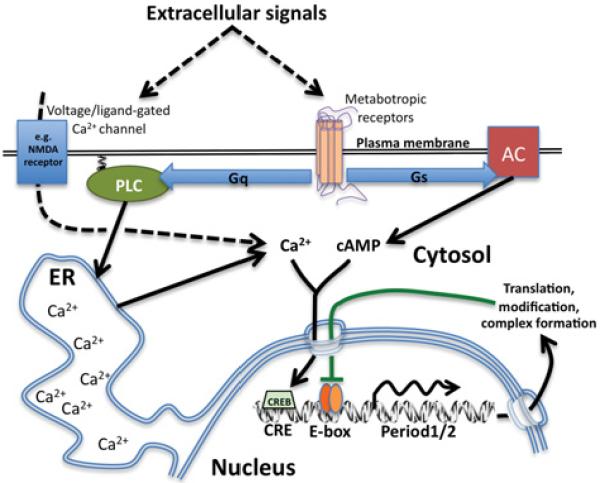Figure 1. Schematic diagram of how rhythms in SCN neuronal ‘clock gene’ expression result from parallel activation at CRE and E-box promoter elements.

Around projected dawn (black lines), increased cytosolic cAMP/Ca2+ signalling is driven by extracellular signals as well as cell-intrinsic mechanisms. This culminates in daily CREB activation acting in tandem with rhythmic transcriptional activation by CLOCK/BMAL1 (orange ovals). Around dusk, transcriptional repressor complexes (green line) inhibit CLOCK/BMAL1 activity at a time when cAMP/Ca2+/CREB signalling would normally be reduced. At night, however, external cues, e.g. glutamate-induced Ca2+ -influx (broken line) is sufficient to induce Period1/2 expression, thereby eliciting phase shifts. ER, endoplasmic reticulum; NMDA, N-methyl-d-aspartate; PLC, phospholipase C.
